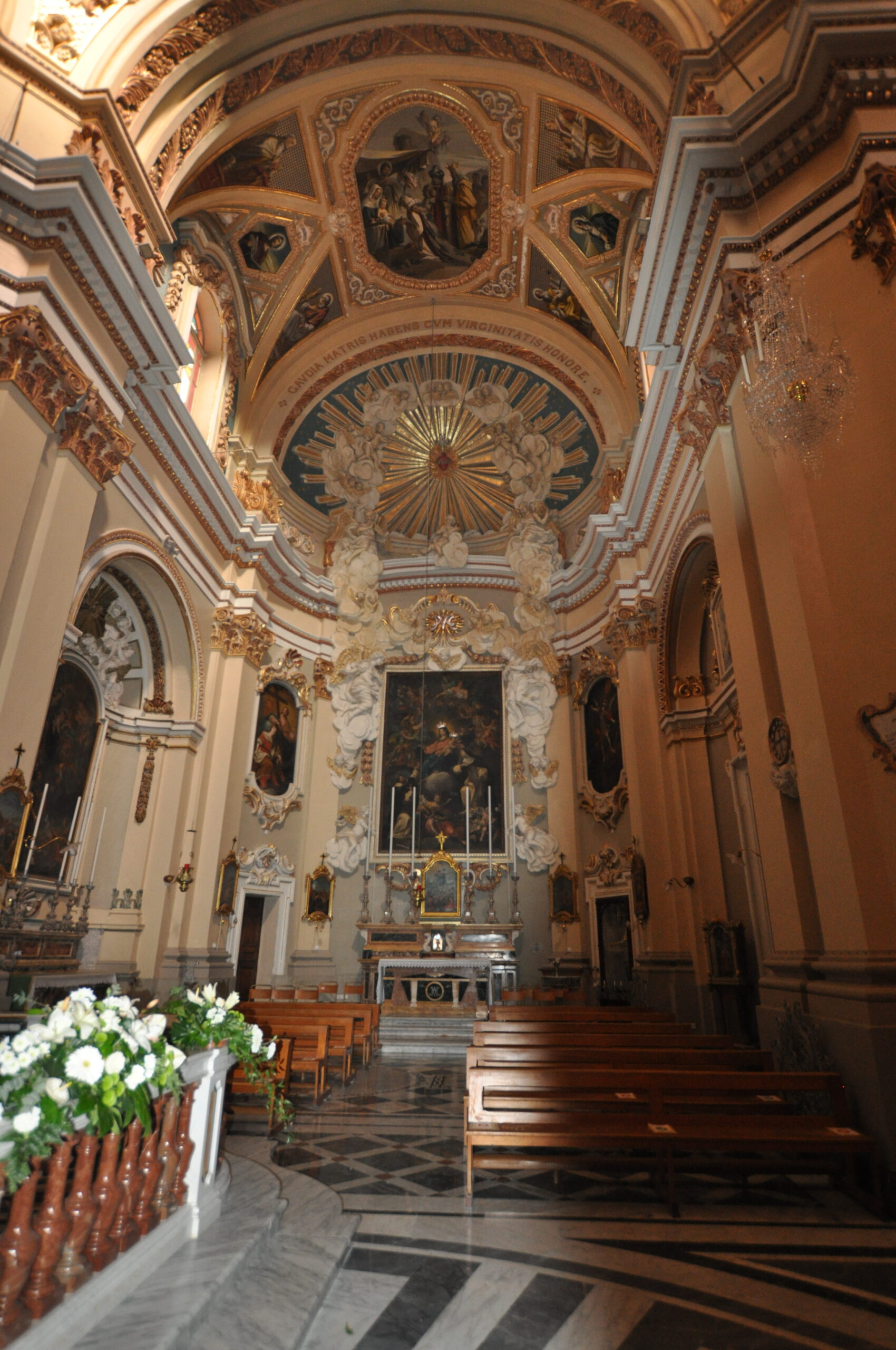Although the Church of St Mary (Assumption of St Mary) became a parish in 1626, there is evidence of a church dedicated to St Mary on the same site as early as 1511, the Church of St Mary in Casal Axac (Ħal Għaxaq), then forming part of the larger Żejtun Parish.
The current church, in Baroque style, dates back to the 18th century.

On the outskirts of Għaxaq in an area known as tal-Barrani, there is another chapel that also dates back to the early 16th century (1535) on land owned by the Cathedral chapter. This church is just beyond our turning of Trejqet Santu Kristu from Triq Ħal Tarxien. The Cathedral was also tasked with financing the feast annually and to providing alms. The neighbouring village, lying adjacent to Għaxaq and Tarxien is Santa Lucia, a name that emanates from this chapel.
Also in the Tal-Barrani area, closer to Żejtun in an area more specifically known as ta’ Kalamija (after the Knight Calamia) there is a chapel of a later era (19th century) dedicated to Christ the Redeemer known as Santu Kristu. The church became a place of pilgrimage of votive significance. We walk past this church as we turn from Trejqet Santu Kristu into Triq il-Belt Valletta. This church is on Triq l-Belt Valletta.
We would have walked near or past these two churches on our way from Palazzo Dorell to the Parish Church of St Mary in Għaxaq on our way to Żejtun.
From Triq Santa Marija proceed through Triq iż-Żejtun, cross the main thoroughfare, Triq tal-Barrani, into Triq il-Labour (Żejtun) and continue on Triq l-Labour past the Malta Business Registry, turning right into Triq il-Bon Kunsill. This street leads to the main parish square and the Żejtun Parish Church of St. Catherine of Alexandria. Alternatively, from Ghaxaq, we can cross tal-Barrani road and enter one of the older hamlets of Zejtun past the Bir id-Dehb Church, leading also to the Żejtun Parish Church of St. Catherine of Alexandria.
